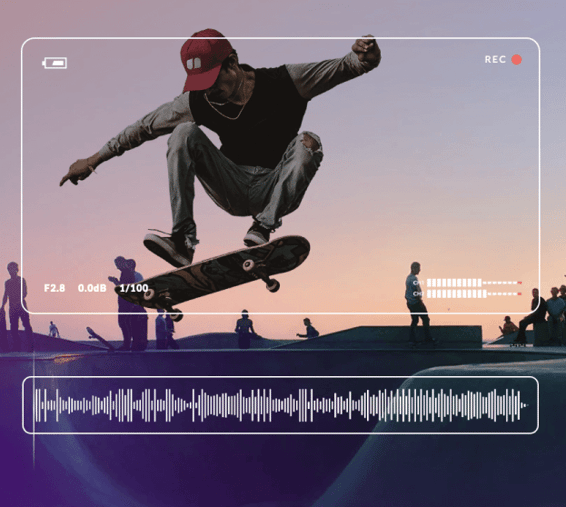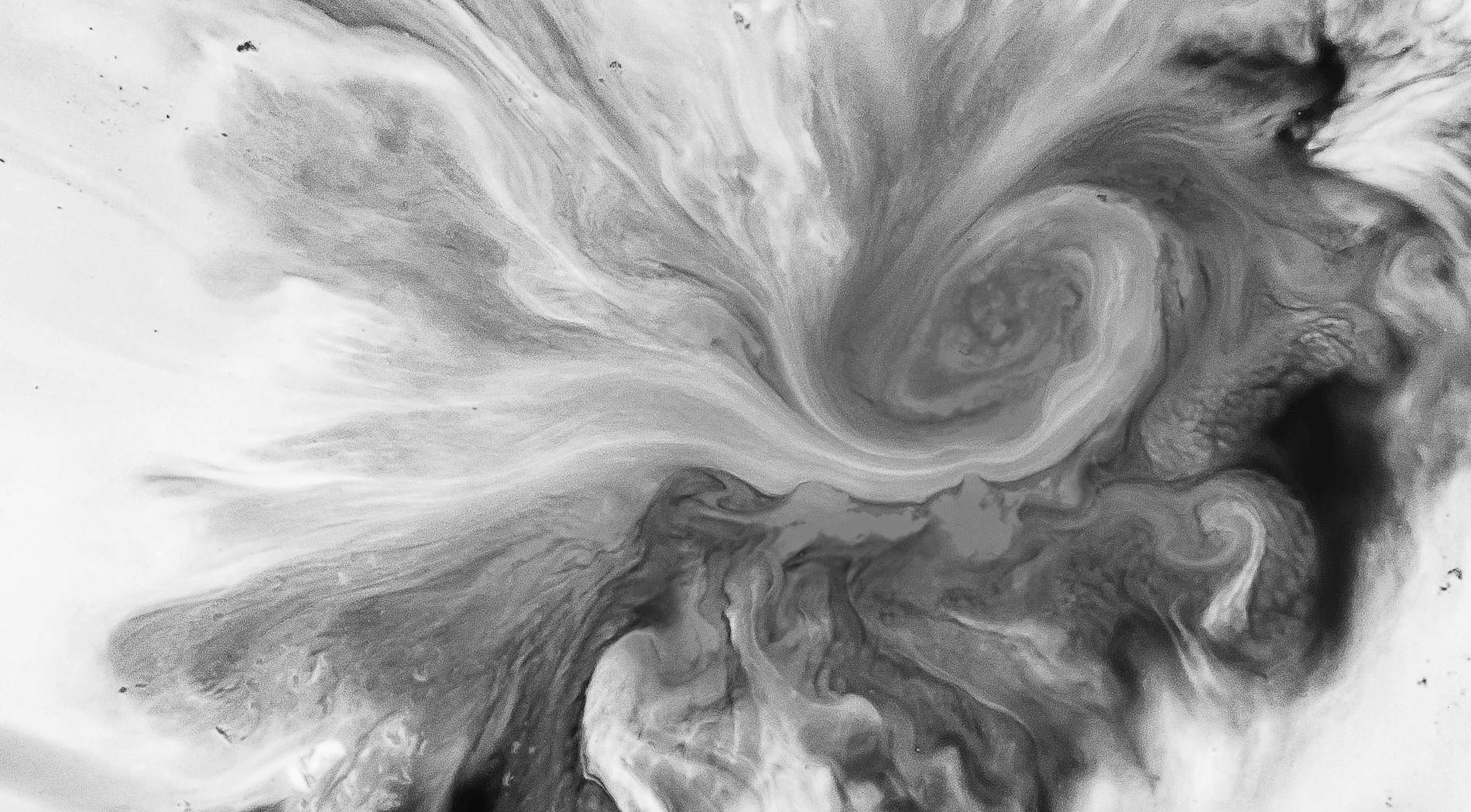Welcome to Outstanding
Royalty Free Swing Music






Listen to Our Best Royalty Free Swing Music
We know the right song can make or break your project. That’s why every track in our library is vetted by award-winning producers. Hear for yourself. We've curated a playlist with our best swing music.
Looking for something different?
We got you. From classical to hip hop to indie, our audio library contains thousands of outstanding tracks. Use one of our 13 filters or check out other curated playlists to find what you need in minutes.
BROWSE THE FULL CATALOG
Dead Simple Licensing
Never worry about licensing again. With Soundstripe, your membership covers the cost for every song license. Just find the right track, download the file, and get a custom license. That’s it. No channel or media-specific fees, no recurring royalties, ever. Here’s more good news: you have unlimited licenses. Go ahead, download as many songs as you want.
A Creator’s Guide To Swing Music
The swing genre entered the scene as a new form of jazz music in the 1930’s.
During this time, the American people struggled to find solace from the harsh realities of the Great Depression.
Swing music became a bright spot for many listeners — relieving them of their burdens and inspiring them to dance, even if only momentarily.
During the Swing Era (1935-1945), people gathered to listen as musicians in Big Bands performed smooth and rhythmic music.
Swing dances like the jitterbug and the Lindy Hop rose in popularity as audiences took to the dance floor.
Though the era itself was rather short-lived, modern musicians continue to draw inspiration from the earliest forms of swing and the musicians who pioneered the genre.
If your interest is peaked by all-things swing, we recommend putting on some swing music and reading on.
The Era Of Big Band
Before we offer some background on notable swing musicians and performances, we want to preface by sharing how swing music traditionally comes together on stage.
Namely, with Big Bands.
It’s difficult to separate big bands from the Swing Era, or jazz in general, because 30’s swing music wouldn’t have been possible without big bands.
A big band typically consists of a woodwind section, brass section, and rhythm section. There are about ten musicians in each section — armed with saxophones, trumpets, trombones, and more.
The piano is widely recognized as the core instrument of the rhythm section, which also includes bass, drums, and guitars.
Big bands will commonly use quarter-note pulses to create a walking bass before introducing additional musical elements. We’re including the video below for reference:
A unique characteristic of swing music that this video mentions is the commonly used call-and-response pattern. Glen Miller’s “In The Mood” is a popular and spot-on example of this.
When producing this song, the musicians in the woodwind and brass sections used riffs to strengthen the rhythm. In doing so, they created a truly memorable song that is prime for swing dancing.
Musicians Who Shaped the Swing Era
1. Duke Ellington
Duke Ellington is recognized as one of the greatest jazz composers — and depending on who you ask, he’s the greatest of all time.
His popularity rose to new heights during the 1920’s as his band held live performances and radio broadcasts at the Cotton Club. Because of the radio broadcasts, he quickly became a household name in the United States and across the globe.
Before the Swing Era officially began, swing bands had already started forming. And Ellington was very much a part of this scene.
He composed the music for “It Don’t Mean A Thing (If It Ain’t Got That Swing)” in 1931, and the lyrics were written by Irving Mills that next year.
Though Ellington isn’t credited with the start of the Swing Era, many people — including a critic by the name of Spike Hughes — are quick to draw a parallel between Ellington’s music and the early stages of swing music.
2. Benny Goodman
Famously coined “The King of Swing,” Benny Goodman is renowned for his impact on the swing genre. In fact, historians often credit his band’s performance at the Palomar Ballroom in 1935 as the beginning of the Swing Era.
Prior to this 1935 performance, Goodman gained national attention as the band leader of one of the big bands performing on NBC’s Let’s Dance program. His legacy — alongside musicians like Count Basie, Artie Shaw, and Coleman Hawkins — is deeply rooted in swing.
It’s important to note that the jazz music that preceded the Swing Era was highly experimental and improvisational. As such, big bands rarely used written musical scores in performances.
The swing musicians of the 30’s, however, moved away from this approach. Scores and arrangements were commonly used to create more consistency on stage.
The reason for this shift was audience-driven.
Whereas improvisational jazz emphasized the collaboration and skill of the musicians, swing music was more effective at getting the audience on their feet to dance. This is because the dancers could easily take their cues from the big bands producing the music.
Historical Swing Performances
Palomar Ballroom, August 1935
If there is one pivotal moment that initiated the Swing Era, it is certainly Goodman’s big band performance at the Palomar Ballroom in 1935.
Prior to 1935, mainstream audiences overlooked the significance of jazz styles of music. But when Goodman’s band took to the stage at the Palomar, the audience not only responded to the swing music, but celebrated it.
With Goodman as clarinetist, the band performed arrangements like “Sugar Foot Stomp,” “Sometimes I’m Happy,” and “Blue Skies.”
This performance signaled a turning point for the swing genre. In the years to follow, a widespread demand for swing music brought this style of jazz to the forefront of the music scene.
Carnegie Hall, January 1938
Three years later, Goodman performed at Carnegie Hall alongside popular musicians like Duke Ellington, Count Basie, and Gene Krupa.
This concert is one of the most memorable performances of the Swing Era. Established and up-and-coming musicians came together for this occasion to perform swing music to a full house.
If Goodman’s Palomar performance triggered the beginning of the Swing Era, this concert at Carnegie Hall affirmed that mainstream audiences welcomed jazz and swing music with open arms.
A Modern Take On Traditional Swing: Electro Swing Music
While traditional swing music isn’t as prevalent in today’s mainstream music culture, it has inspired a new genre of electro swing music.
Modern artists like Parov Stelar, Swing Republic, and Caravan Place bring an electronic feel to vintage styles of swing and jazz. To create this style of swing, musicians draw inspiration from hip hop, EDM, and similar genres.
In the video above, YouTuber Dave Wave demonstrates how artists blend electro elements with traditional sounds to add a modern twist to a classic genre.
Finding the Best Swing Music for Your Project
Finding the best swing music for a video or film project doesn’t have to be a complicated and costly process. Soundstripe gives you the flexibility to curate your search and access an ever-growing library of music.
So whether you’re looking for a traditional jazz and swing feel or a more modern take, we’ve got the royalty free music for you.


Have questions? Give us a call
855.224.0847
Soundstripe - Unlimited Music for Video
© 2017-2020 A Product of Soundstripe, Inc
Nashville TN



